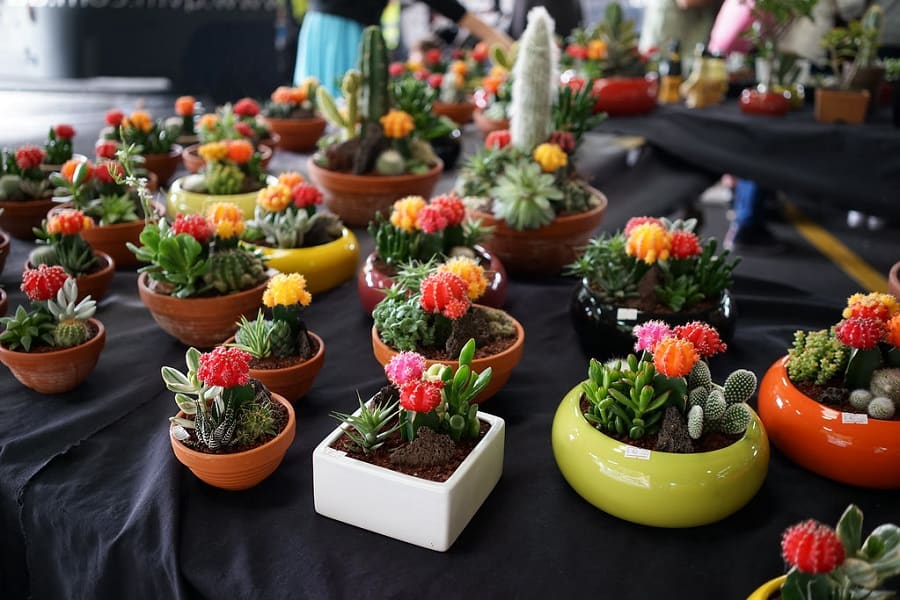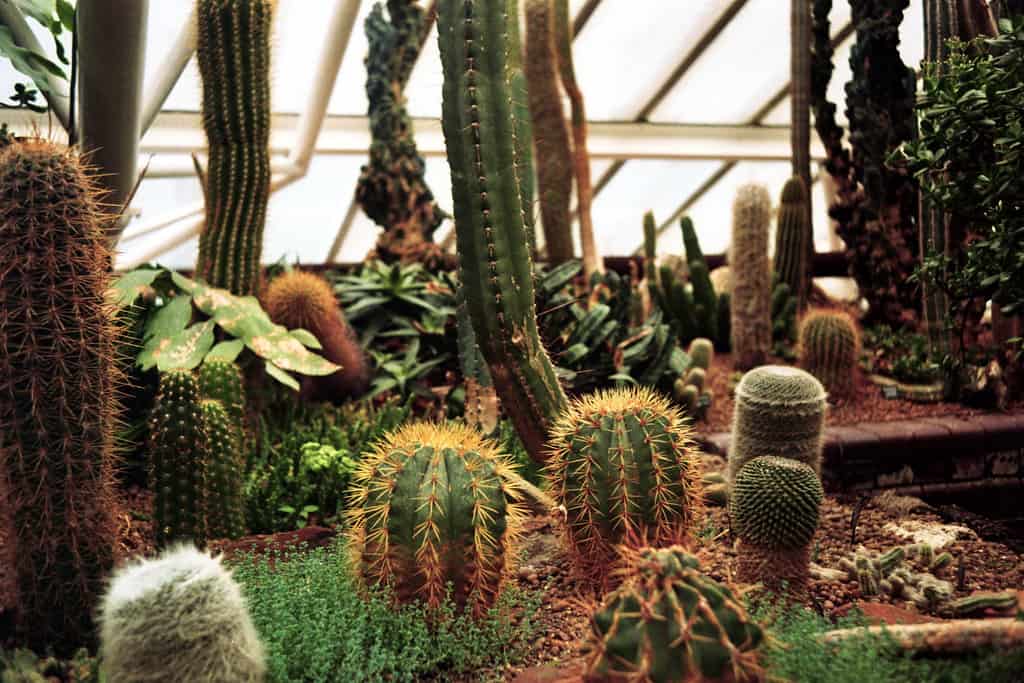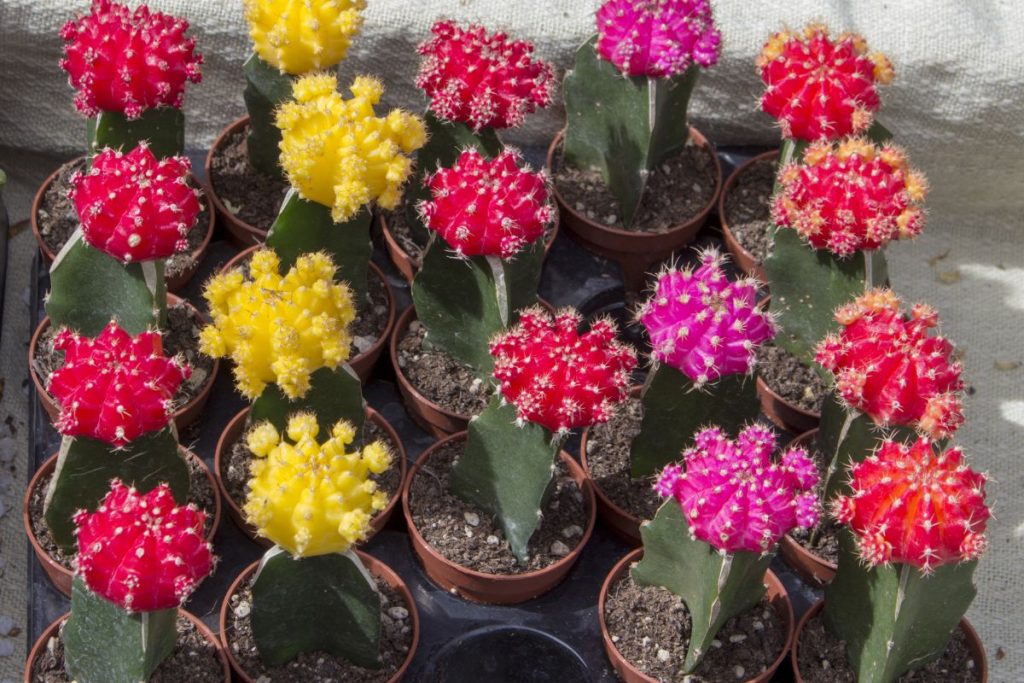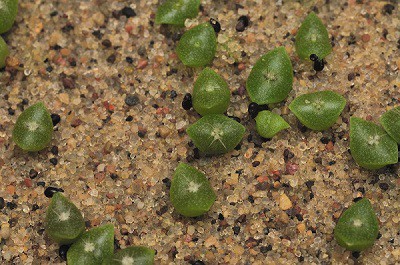Cacti Reproduction: The Fascinating Way These Prickly Plants Multiply
Cacti are amazing little plants from the succulent family that have become super popular. They’re pretty, decorative, and don’t need a ton of care. If you want to grow more cacti at home or start a cactus business, it’s important to understand how they reproduce and multiply. Don’t worry, it’s actually pretty simple!
There are several methods cacti use to reproduce – from seeds, cuttings, offsets (baby plants), dividing the main plant, and even grafting different cacti together. Cacti that don’t produce flowers or fruits can only reproduce from cuttings or offsets.

Contents
Growing a Cactus from a Cutting
Cuttings are small pieces cut from the main cactus plant stem, branches or pads that can then grow into new plants. To grow a new cactus from a cutting:
- Carefully cut off a pad, stem piece or branch using a clean, sharp knife.
- Let the cutting dry out for 5 days on a plate of sand, away from sun and moisture.
- Once the cut end has calloused over, plant the cutting in damp cactus soil with the calloused end facing down to grow new roots.
- Within days, roots will sprout. Then transplant into a larger, deep pot with a stake to support it.
- Water sparingly, just enough to keep the soil lightly moist, not soaked.
The best time for cactus cuttings is spring and early summer when the plant grows quickly.

Propagating from Cactus Offsets
Offsets are the little baby cacti that sprout from the base or sides of the mother plant. To grow a new cactus from an offset:
- Use clean tweezers or a knife to detach the offset from the mother plant.
- Allow the offset to dry and callous over for 1-2 weeks before planting.
- Plant the offset in a well-draining sandy cactus soil.
- Water frequently for the first month, then slowly reduce to normal cactus watering.
- Transplant once roots have developed, ideally in spring or early summer.
Grafting a Moon Cactus
Grafting joins two different cacti together – a green cactus provides the roots and stem (rootstock), while a colorful cactus like a bright pink or yellow one forms the moon or top (scion).
Grafting is done because the colored cacti don’t have chlorophyll to feed themselves, so grafting allows them to live off the green cactus’ nutrients. Spring and early summer are the best grafting time.

To graft:
- Prepare both cacti by watering/fertilizing a week before
- Cut off the top of the green rootstock cactus
- Slice off the base of the colored scion cactus
- Attach the scion off-center on the rootstock’s cut surface
- Bind them together tightly with grafting tape
- Keep in warm, bright spot and water carefully
- Remove tape after 2 weeks once grafted together
Soon the green cactus will grow the colorful top!
Read also:
How Big Does A Moon Cactus Get?
Sowing Cactus Seeds
You can also grow cacti from seed – it’s fascinating to watch them sprout! Use a seed-starting tray and sterile cactus seed-sowing mix.
Soak seeds briefly in warm water first to help germination. Sow seeds on the surface of the damp seed-starting mix, cover lightly with more mix or a sprinkling of sand, and enclose in a plastic bag or propagator.
Keep the seed tray warm (around 70-80°F) and bright, but not in direct sun. Check daily and mist with a spray bottle when the mix begins to dry out slightly.
In 1-4 weeks, you should see the first spiky seedlings emerge! Once they have developed their first pair of true leaves, you can begin exposing them to more airflow and sun.

After 12-14 months, when the seedlings are around 1/2 – 1 inch wide, they can be carefully potted up individually into small cactus pots.
Go slowly when introducing them to higher light and drier soil conditions typical for cacti. Seedlings are delicate at first!
With patience, you can watch your cactus seedlings mature into full-sized specimen plants over the next several years.
Final Words
Whether growing from seed, cuttings, or offsets, reproducing cacti at home is an rewarding experience for plant lovers. These low-maintenance plants offer endless varieties to collect.
Just take precautions against their prickly spines and remember – cacti may be tough plants, but their babies need a gentle start in life! With a little know-how, you’ll be propagating new plants successfully in no time.
